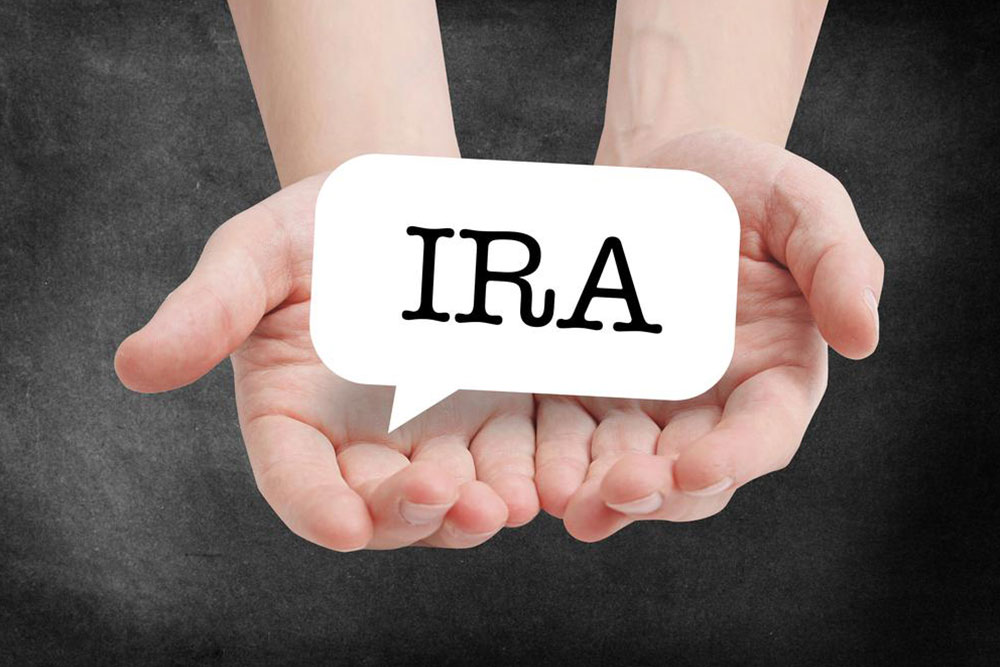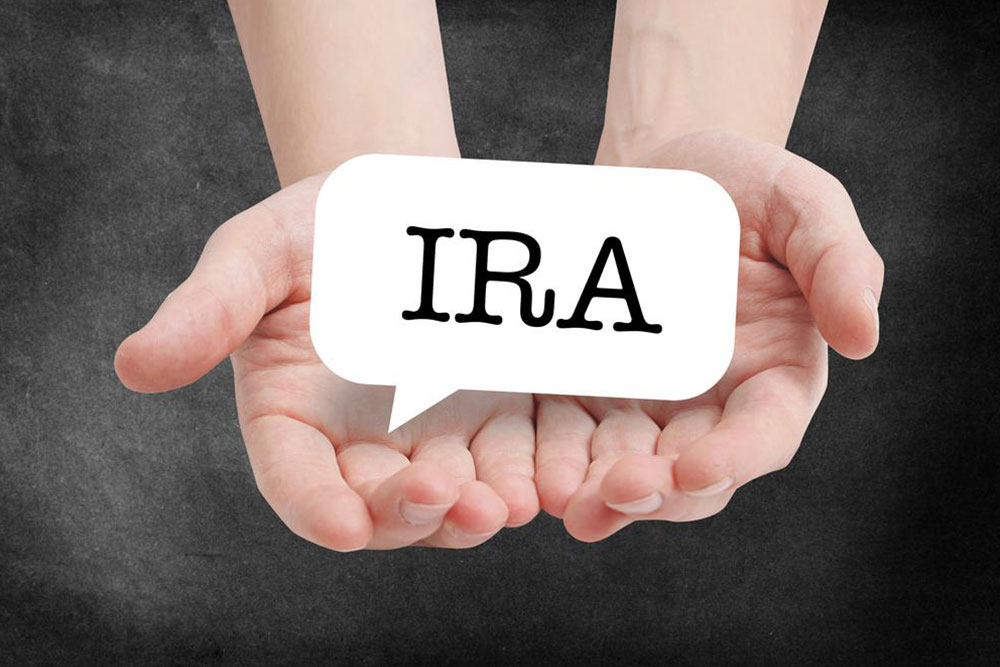Ultimate Guide to Equitably Dividing Retirement Savings During Divorce
This comprehensive guide provides detailed insights into the process of dividing retirement savings during divorce. It covers the differences between IRAs and qualified plans, legal procedures like Transfer Incident to Divorce and QDROs, and offers expert tips for a smooth, fair asset split. Learn how to avoid tax pitfalls and ensure proper transfer of retirement funds to protect your financial future after divorce.

Ultimate Guide to Equitably Dividing Retirement Savings During Divorce
Divorce is an emotionally taxing and legally complex process, especially when it comes to dividing shared assets and financial holdings. Among these assets, retirement savings often represent a substantial portion of the marital estate. Properly dividing these funds requires careful understanding of legal procedures, tax implications, and the specific type of retirement accounts involved. This comprehensive guide aims to walk you through the essential steps and considerations involved in splitting retirement funds during divorce proceedings, ensuring an equitable and smooth division that minimizes future complications.
How to Properly Divide Retirement Savings Post-Divorce
During divorce, the distribution of financial assets, including retirement accounts, hinges on the financial arrangements agreed upon by both parties or mandated by the court. Ideally, couples negotiate amicably to reach a fair settlement, but courts often step in to decide equitable divisions based on legal standards. The method of division largely depends on the type of retirement savings involved—be it IRAs, pension plans, or other employer-sponsored retirement benefits. A clear understanding of the legal procedures and rules governing each account type ensures that the division is handled correctly, reducing potential tax liabilities or penalties down the line.
Legal Framework for Dividing Retirement Accounts
Retirement accounts are categorized primarily into IRAs and qualified employer-sponsored plans. The division processes differ substantially for each, and precise legal documentation is essential for a seamless transfer of ownership. IRAs are divided using a process called a "Transfer Incident to Divorce," which allows the transfer without triggering immediate taxes or penalties, but the recipient assumes future tax responsibilities. On the other hand, qualified retirement plans—such as 401(k) plans—are typically divided through a court-issued document known as a "Qualified Domestic Relations Order" (QDRO). This order directs the plan administrator to pay specific benefits directly to the ex-spouse and is vital for ensuring tax-efficient transfer and division. Recognizing these differences is crucial for an accurate and compliant split of assets during divorce proceedings.
Dividing an IRA: Procedures and Considerations
When it comes to IRAs, the division process involves executing a "Transfer Incident to Divorce," which is a tax-free transfer of the account to the former spouse. This process effectively maintains the tax-deferred status of the retirement savings until the assets are eventually withdrawn. Upon transfer, the ex-spouse assumes ownership and subsequent responsibility for taxes on any distributions. It is essential to clearly specify this transfer clause within the divorce agreement to avoid unintended tax consequences or penalties for early withdrawal. Using direct transfer methods helps ensure compliance with IRS rules, maintaining the tax advantages of the IRA and safeguarding both parties’ financial interests.
Dividing Qualified Retirement Plans Using QDROs
Qualified employer-sponsored plans such as 401(k), 403(b), and other defined benefit plans require a court-approved QDRO to facilitate proper division. This legal order spells out how the benefits should be split and paid directly to the former spouse. QDROs are especially useful when ongoing benefits, such as retirement payouts or survivor benefits, are to be assigned to the ex-spouse. Properly filing and executing a QDRO ensures that the retirement plan administrator complies with the court’s instructions, avoiding tax penalties and ensuring the ex-spouse receives the rightful share. This process not only maintains the plan’s tax-advantaged status but also helps prevent future disputes over the distribution of retirement assets.
Dealing with the division of retirement savings can be complex, requiring both legal precision and financial savvy. Consulting experienced legal and financial professionals during this process is highly recommended to ensure that the division is fair, legal, and aligned with your long-term financial goals. Understanding the nuances of each account type, legal procedures, and tax implications is key to protecting your interests and ensuring a stress-free resolution to your divorce proceedings. With proper guidance, you can navigate the intricacies of retirement fund division smoothly, paving the way for a financially stable future post-divorce.




